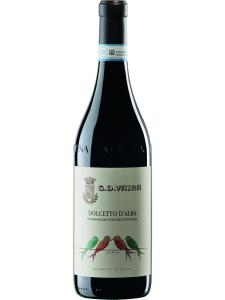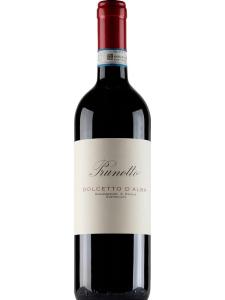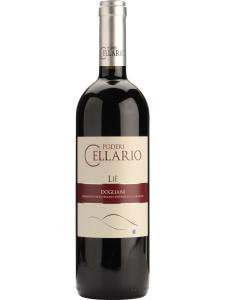-
中文名:
-
英文名:Dolcetto
-
种植区域:
-
香气:
-
颜色:
Dolcetto is a dark-skinned wine grape from the Monferrato hills of northwestern Italy. The variety has successfully made its way to Australia and the U.S., but Piedmont is generally regarded as its spiritual home. The region has several appellations dedicated exclusively to Dolcetto, the most notable of which cover DOCG-level wines from vineyards near Dogliani, Diano d'Alba and Ovada. Dolcetto wines from Alba, Acqui and Asti hold DOC status and are also worthy of mention. In Liguria, Piedmont's southern neighbor, the variety goes by the name Ormeasco, and is used to make Ormeasco di Pornassio.
Often viewed as Piedmont's third red-wine grape, Dolcetto is something of a poor cousin to Nebbiolo and Barbera. As such, this easy-growing, early-ripening variety is often relegated to cooler vineyard sites (particularly those at higher elevations), where its fussier, more-prestigious cousins might struggle to ripen. Happily these cooler locations also help the variety to retain acidity, and to avoid premature ripening (it already ripens several weeks before Nebbiolo). Many modern versions of Dolcetto, from all over Piedmont, are developing towards a more New World style of wine: intensely fruity, high in alcohol and generally overpowering.
Dolcetto produces soft-styled, fruity wines with colors varying from deep ruby to purple. They are characterized particularly by their low acidity, which is the source of the variety's name; Dolcetto means "little sweet one". Those with a basic grasp of Italian might understandably assume that Dolcetto wines are all sweet, but this is certainly not the case – sweet-styled Dolcetto is something of a rarity.
When it comes to tannins, this soft, fruity, gentle, "sweet" grape variety executes an impressive about-face, delivering the same kind of drying, astringent tannins as Nebbiolo. This does not work in Dolcetto's favor; such tannins take years to polymerize and soften, over which time a Dolcetto wine, with its low acid levels, would deteriorate beyond enjoyment. Happily, the grape's oversupply of tannins can be mitigated by a short, gentle fermentation, avoiding over-extraction, but this naturally has its own downward effect on aromatic intensity. With the above in mind, it's easy to see why Dolcetto is not Piedmont's superstar variety.
Soft-styled Dolcetto wines can be sold and consumed within months of harvest, which certainly cannot be said for Nebbiolo. This has its advantages, as it helps to stabilize a winery's cash flow and stockholding. Dolcetto sales can provide a buffer zone in a winery's annual budget, providing some income to keep things going until the more-expensive Nebbiolo wines are ready for sale. A similar relationship can be observed between nouveau and cru wines in Beaujolais.
In the 1990s and into the early 21st Century, Piedmont's Dolcetto wines have been made increasingly rich, oaky and alcoholic, in response to growing consumer demand for such powerful wine styles. The world wine market has shown little opposition to this decidedly New World take on Dolcetto.
A typical Dolcetto wine is intensely and brightly colored and offers dark, gently spicy aromas with earthy undertones of almonds – or walnuts in more tannic examples. As the wines are not generally designed for long-term cellaring, they should be consumed within three or four years of vintage.
Synonyms include: Nera Dolce, Ormeasco, and once erroneously believed identical to Charbono.
Food matches for Dolcetto include:
- Chickpeas with spinach
- Spaghetti and meatballs
- King salmon carpaccio




